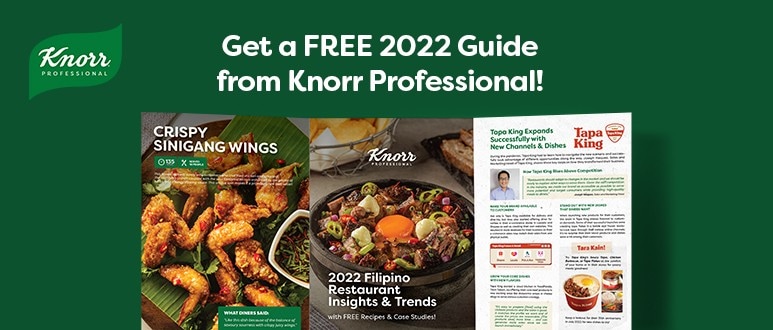Looking for inspiration to boost your tired menu? Creating one-of-a-kind offerings to set you apart from your competition? Or simply feeling stumped and wondering what to do with a bland and boring piece of chicken? The answer you are looking for may just come from the different types of sauces available for your culinary exploits.
The Function of Sauces
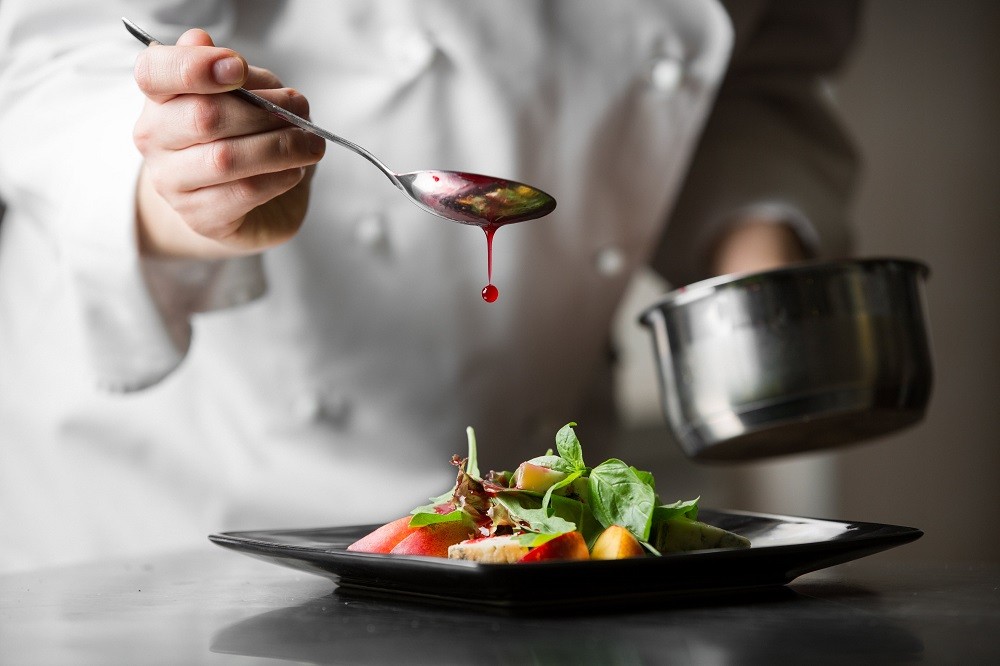
Various types of sauces provide flavor, texture, and color to a dish. It is usually employed to offer contrast to the main protein and lends moisture to the overall meal. Sometimes certain dishes are even prepared and cooked in the sauces themselves.
To choose the right sauce for your dish, you should always consider its role on the plate. It should add value to the meat and not steal the spotlight. The type of sauce you will employ should add excitement to the meal and make it even more palatable. Make sure also that it provides a balance of flavors and textures. If the main meat is savory or salty, go for a sweetish sauce. If the dish is grilled and hearty, try a more refreshing and zesty sauce.
Classic Types of Sauces

Culinary schools have always bannered the importance of sauces in cooking. No one can leave a culinary institution without first mastering the five French mother sauces – béchamel, velouté, espagnole, hollandaise, and tomato – as they serve as a critical foundation for creation.
All these sauces complete the overall dining experience. These classic types of sauces have survived the test of time for good reason. There can be no Eggs Benedict without hollandaise sauce, no Beef Tenderloin Steak without the refined espagnole sauce, no Italian Lasagna without the tangy tomato sauce paired with bechamel sauce, and no Chicken Roulade without velouté sauce as the finishing touch.
Though these mother sauces have been in existence for ages, they are the starting points in making secondary sauces. By reinventing the classics, you can create different sauces to elevate your dishes.
The Dependable Five Sauces
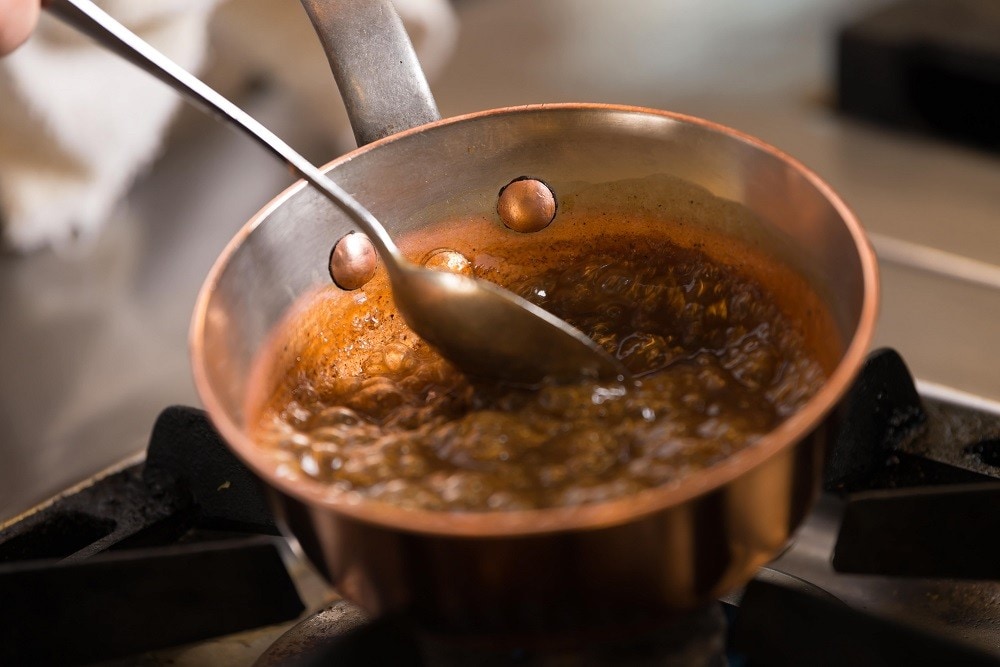
As with any other aspect of the culinary realm, there is always room for innovation. The five French classics are never to be replaced, but there are other "daughter” sauces worth to try. This reliable set of five can do wonders to any restaurant or F&B business trying to offer a different experience to customers. Employ a couple of them during your menu creation and be assured of numerous praises.
Here are the five types of sauces to bank on when planning your repertoire.
1. Peanut sauce
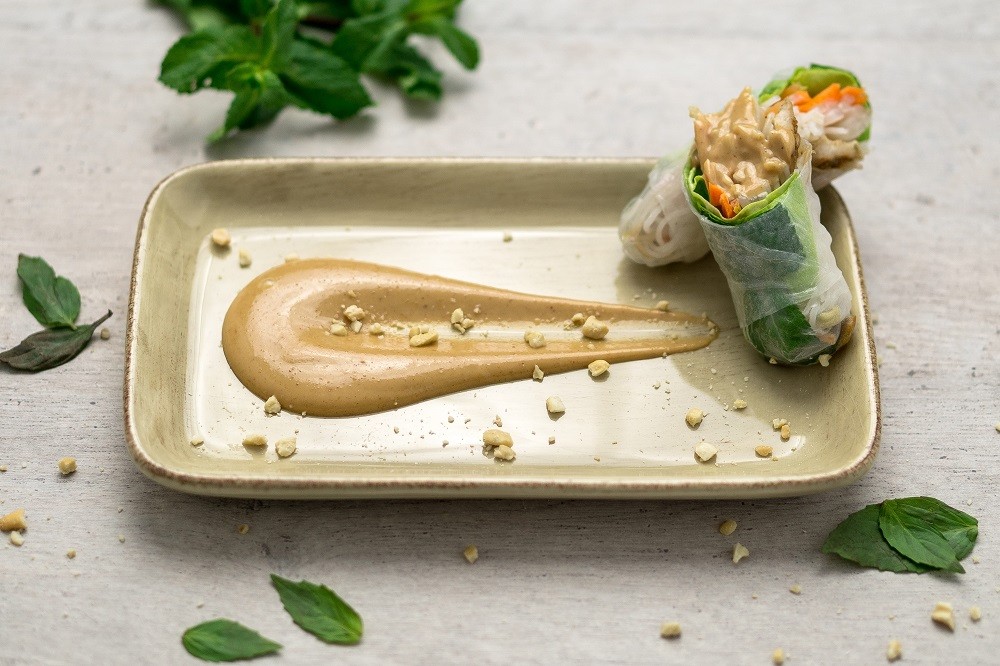
Sweet, salty, nutty, creamy, all at the same time. This one is a versatile sauce you can pair with grilled and roasted meats, as well as with cool and crunchy vegetables. Popular in Asian countries, peanut sauce is used for satays in Thailand, spring rolls in Vietnam, noodles in Taiwan, and vegetable salads in Indonesia.
To make peanut sauce in an instant, simply combine Lady’s Choice Peanut Butter Creamy with some ginger for a kick of spice, something sweet such as brown sugar or honey, an acid like vinegar, and Knorr Liquid Seasoning. Mix and adjust until your desired consistency is achieved. Keep it thin if you’re using it as a marinade or dressing and thick to coat noodles and grilled dishes like Chicken Satay .
2. Caramel sauce

This type of sauce is not just for desserts. Caramel has always been a favorite to dress up ice cream sundaes, chocolate cakes, and apple pies. But this versatile sauce can also be transformed and utilized for savory dishes. Have you ever tried serving caramel sauce with your appetizers and mains? Now might just be the time to do it.
To make a caramel sauce, start with the usual sugar and water, melted to a golden amber color and a thick syrupy consistency. From here, you can up the umami factor by mixing in fish sauce, black pepper, star anise, cinnamon, chilies, and shallots. You can try using one of these or combining them to achieve your desired flavor. Use for crispy chicken wings, grilled barbecue ribs, roasted pork chops, and braised leafy vegetables.
3. Asian-style sauce
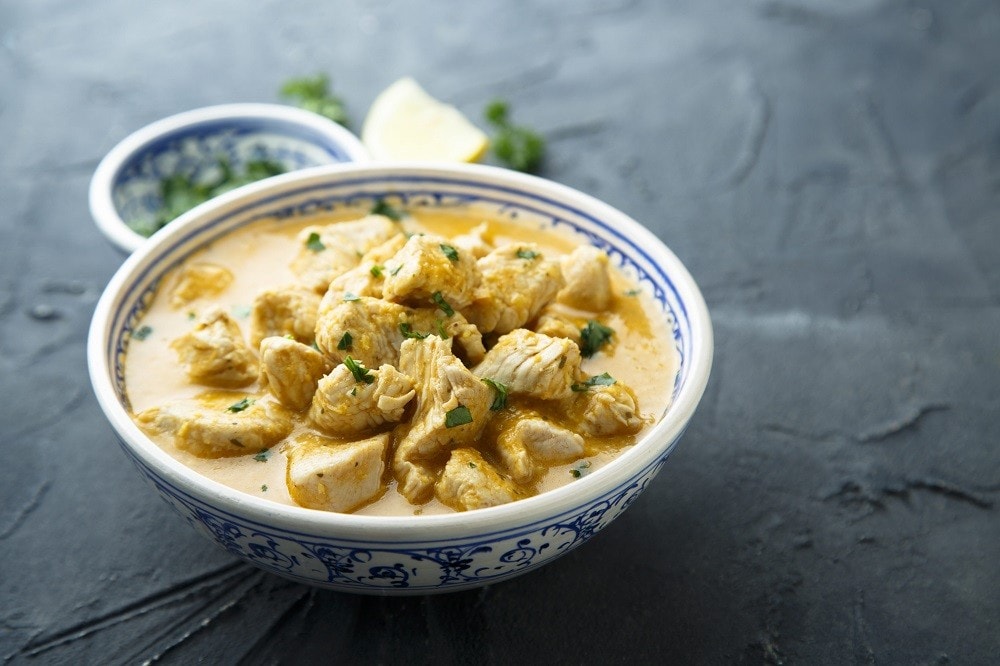
Filipinos love chicken and no food business menu should be planned without it. Such is the reason why an Asian-style chicken sauce will be beneficial in building your repertoire. Velouté is the classic French chicken sauce. Giving it Asian elements will not only be more practical but also attractive to your local clientele.
A chicken sauce is a simple combination of butter, all-purpose flour, and chicken stock. To highlight Asian flavors, use local herbs and spices when making the chicken stock base. You can add lemongrass, turmeric, star anise, ginger, cilantro, cinnamon, and chilies. Try infusing the sauce itself with these flavorings. Once ready, the sauce can be paired to accentuate grilled chicken, roasted fish, steamed vegetables, and egg noodles.
4. Mushroom sauce
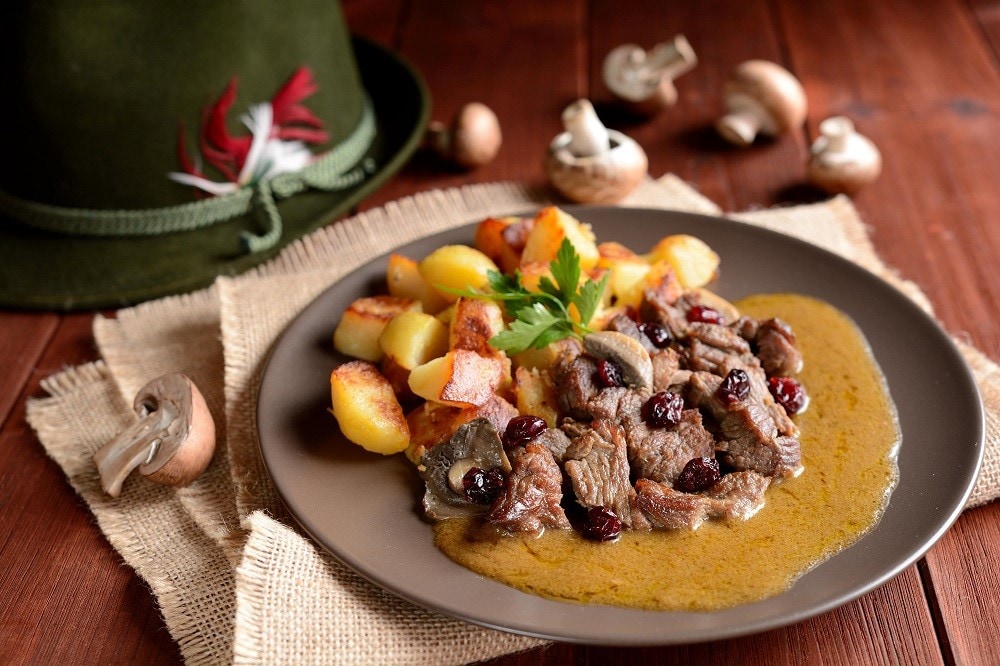
Nothing is as comforting as a dish doused with a creamy mushroom sauce. The earthiness and umami of mushrooms can transform any seemingly simple dish to greater heights. Do not be surprised if your guests request extra servings of this sauce – as you may know, Filipinos sometimes slurp up mushroom sauce like soup.
But to make yours extra special, use Knorr Cream of Mushroom Soup Mix as a base, then add fresh mushrooms. Sauté them in butter together with chopped onion and garlic. Season with Knorr Liquid Seasoning and finish off with heavy cooking cream. This sauce can be used for grilled steaks, chicken chops, mashed potatoes, or buttered noodles. To up the ante further, mix in a teaspoon or two of truffle paste and witness your customers coming back for more.
5. Teriyaki sauce
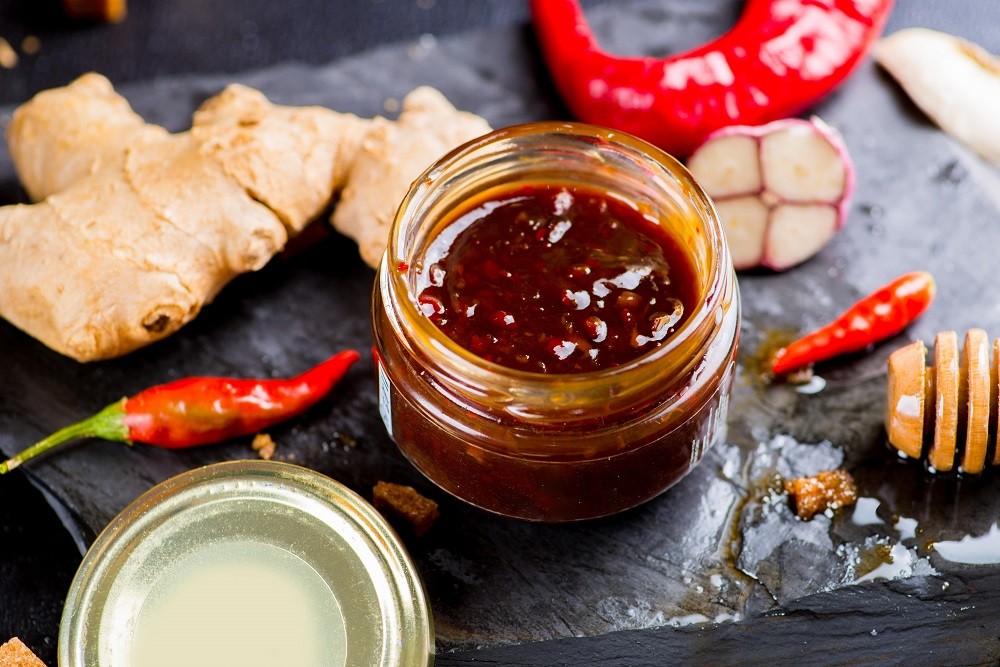
Among the many Japanese gifts to the culinary world, teriyaki sauce is considered the most versatile. With its flavor profile that balances sweet, salty, and umami, teriyaki can be paired and used for a plethora of dishes. Its thick and sticky consistency also makes it a beloved sauce for kids of all ages. Perhaps some would even find comfort in just having this sauce and a bowl of steaming hot Japanese rice.
Soy sauce is the base of every teriyaki sauce, and to it is added a handful of pantry staples like ginger to balance out the flavors. Aside from the usual chicken or beef teriyaki, this sauce can also be used as a glaze for sushi, a marinade for grilled vegetables, a vinaigrette for salads, a coating for fried tofu and eggplant, a drizzle for grilled shellfish, and a dressing for Asian noodles.
The best part? You no longer have to do all that from scratch. Knorr Teriyaki Sauce makes it possible to enjoy the same Japanese goodness while saving much on time, effort, and expenses. Choosing a readily available sauce makes the job easier for cooks and allows for more time to be spent on innovating dishes.
Sauces are an essential part of every dish, and it is only fitting to give much attention to the types of sauces you will use during menu creation. Consider them as the base of not only your culinary experiments but also your entrepreneurial success. Feeling inspired already? Share this article with your colleagues, and let the brainstorming begin.
